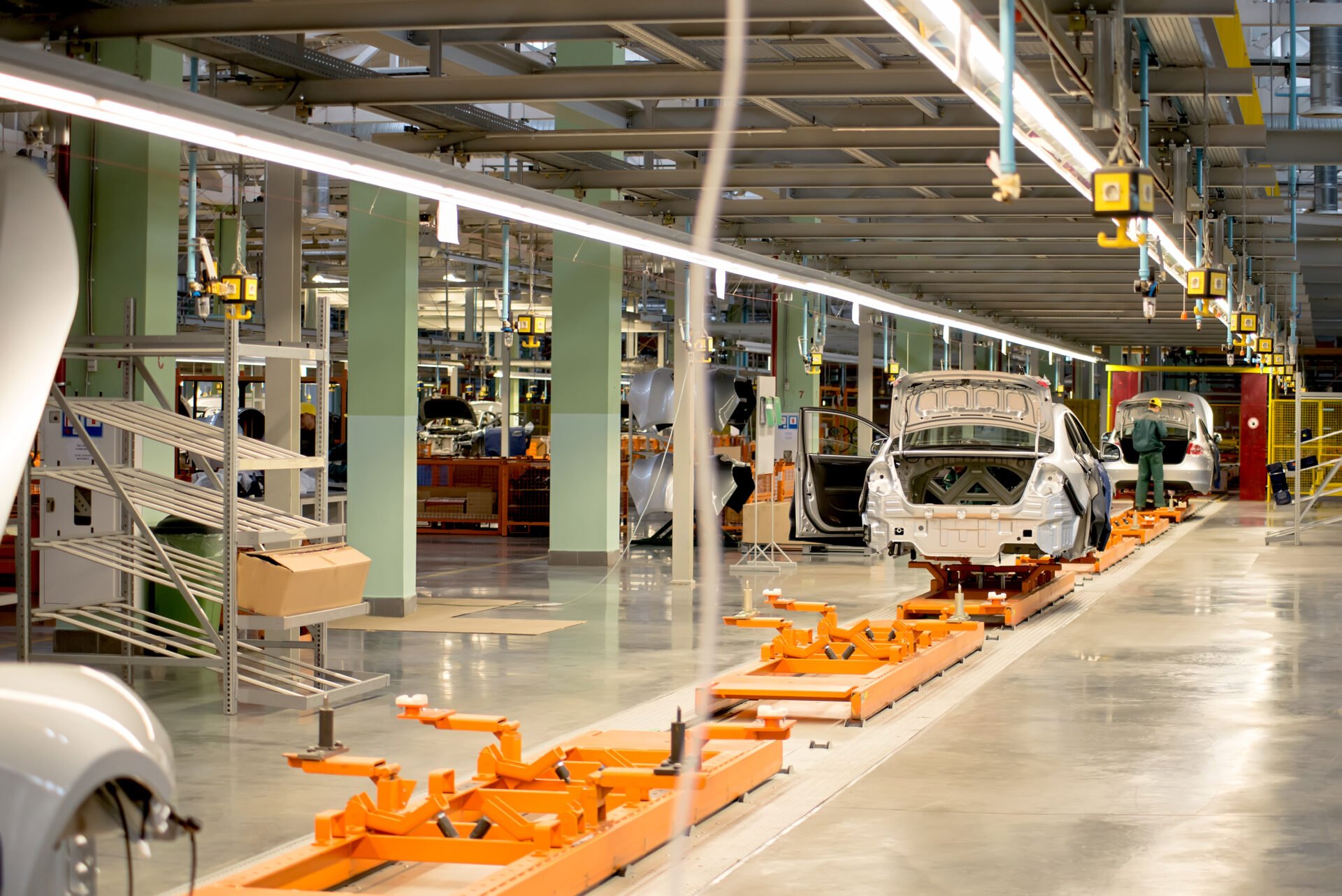4 Challenges to Integrating Machine Vision in Manufacturing
Machine Vision systems are steadily becoming a mainstay in manufacturing industries. These systems aid quality assurance and production debugging efforts with their analytical prowess. This increase in automation has ope...

Machine Vision systems are steadily becoming a mainstay in manufacturing industries. These systems aid quality assurance and production debugging efforts with their analytical prowess.
This increase in automation has opened up new avenues of thinking for engineers. Industry heavyweights can now envision an entirely autonomous factory floor.
Machine Vision allows manufacturers to improve productivity and efficiency. From point of origin to end-of-life disposal, it works to streamline production lines. However, before the benefits of Machine Vision can be fully realised, some key integration challenges need to be addressed.
What is Machine Vision and how is it applied in automating production processes?
Machine Vision is the ability of a machine to “see,” in real-time and in high detail. Machine Vision allows a machine to make decisions based on a comprehensive view of an object or environment. Through advanced hardware, these systems are able to sense the colour, size and shape of products.
Deep learning technology uses this data to examine the quality of products, inspect parts, and identify defects. Machine Vision essentially allows you to keep an eye on your production line with no human intervention.
With the help of machine vision, efficiency and productivity can be boosted for manufacturing enterprises. It seeks to optimise production lines from the point of origin to the disposal of end-of-life materials.
Faster reaction to production issues is made possible by real-time monitoring and decision-making capabilities. Enabling these quicker reaction times, significantly reduces the amount of waste and downtime.
To understand how Machine Vision might work, imagine a production line in a factory: a product is placed into the system and scanned for defects before moving along the assembly line.
If a defect is found, it can be removed using an automated mechanism (like a robotic arm). With Machine Vision, the time that would have been spent inspecting each unit can now be used to produce more units.
The Challenges to Automating Production Lines with Machine Vision
1. High-Level of Accuracy Required
Machine Vision is similar to Computer Vision in that they both analyse image and video data. Machine Vision identifies objects and measures characteristics through various sensors on a machine. Computer Vision, on the other hand, recognises images in a digital environment, like a mobile phone.
Within this digital environment, you can scan images anywhere and under any circumstance. Machine Vision processes, however, need to take place within a controlled environment.
Elements like lighting, optics, speed, and exposure time are regulated. Despite careful regulation, intricate textures and image quality issues can pose significant inspection challenges.
Machine Vision systems have a difficult time recognising variability between similar components. To detect even the smallest defects, hardware needs to be installed with utmost accuracy.
Cameras, lighting, and robotic arms need to be carefully set up, and a high level of expertise is required for this hardware to be installed correctly. This means that companies will need to bring in outside expertise or receive intensive training.
2. Explainable Results Required
Many manufacturing companies and governing bodies remain wary of Machine Vision applications. This is especially true for those that do not offer explainable solutions.
There are two models of Machine Learning technology: white box and black box models. White box models are explainable and easily understood by domain experts.
Alternatively, black box models are complex and almost incomprehensible for humans. This makes it difficult for companies to trust black box models.
Black box models tend to generate more accurate and effective results. Unfortunately, these results cannot be tangibly explained. Getting sign-off on a technology that people cannot understand is no easy feat.
As a result, industry decision-makers are cautious about integrating Machine Vision systems in manufacturing.
3. Reluctance to Connect to the Cloud
Data is the backbone of Machine Vision, and deep learning technology relies on the transfer of image data to perform effectively. Regrettably, companies are growing more and more protective of their data.
Organisations tend to be reluctant to upload private information to the cloud, prioritising keeping their data in-house. This means that many companies won’t make the leap to Machine Vision integration.
Privacy-centric companies may also have their data protected by firewalls and data encryptions. These obstacles to retrieving data discourage organisations from starting their Machine Vision journey altogether.
4. High-Quality Sensors Required
The installation of high-quality hardware is essential for Machine Vision systems to operate. Machine Vision users encounter problems working with reflective and shiny products.
High-speed imaging, multispectral and hyperspectral imaging also pose challenges. Bespoke sensors and imaging equipment can minimise such obstacles. This hardware can run at a high cost and require a high level of expertise for installation.
Companies at the top of the industrial chain are often the only users of expert equipment. The need for bespoke sensors can prove frustrating for SMEs looking to automate production lines.
Integrating Computer Vision into Machine Vision
Machine Vision and deep learning technology have the potential to increase operational efficiency in production processes. While challenges to Machine Vision exist, its integration shouldn’t be stonewalled by factory managers who are scared to make the leap.
As technology becomes increasingly advanced, it is clear that Machine Vision can provide substantial benefits to a production line. Expert solutions can be the difference between innovation and stagnation, so don’t be disheartened by such obstacles.
Machine vision has transformative potential that goes beyond automation. It offers a new era of accuracy and quality assurance formerly unattainable with traditional processes.
When machine vision technology is used in partnership with manufacturing processes, systems are able to learn from errors and inefficiencies. Such learnings can aid in continual enhancements to the production process.
At Gemmo AI, we aim to dismantle these challenges through the seamless integration of Computer Vision into Machine Vision Systems. Clients come to us when they want to improve the accuracy and reliability of their systems.
When your business is relying on a Machine Vision system, accuracy is paramount.
How Gemmo AI can help your manufacturing enterprise
The work that you’re doing every day needs to be flawless. We integrate Computer Vision into your existing hardware so you can improve image acquisition and analysis times.
Once we start working with a customer, we will analyse their production system, understand the process flow and optimise their vision solution together.
Gemmo AI do not offer off-the-shelf solutions. Instead, we devise bespoke solutions that work in harmony with your current system. If you’d like to discuss how to integrate Machine Vision into your production line, speak with the Gemmo team today.
Author: Johanna Walsh



